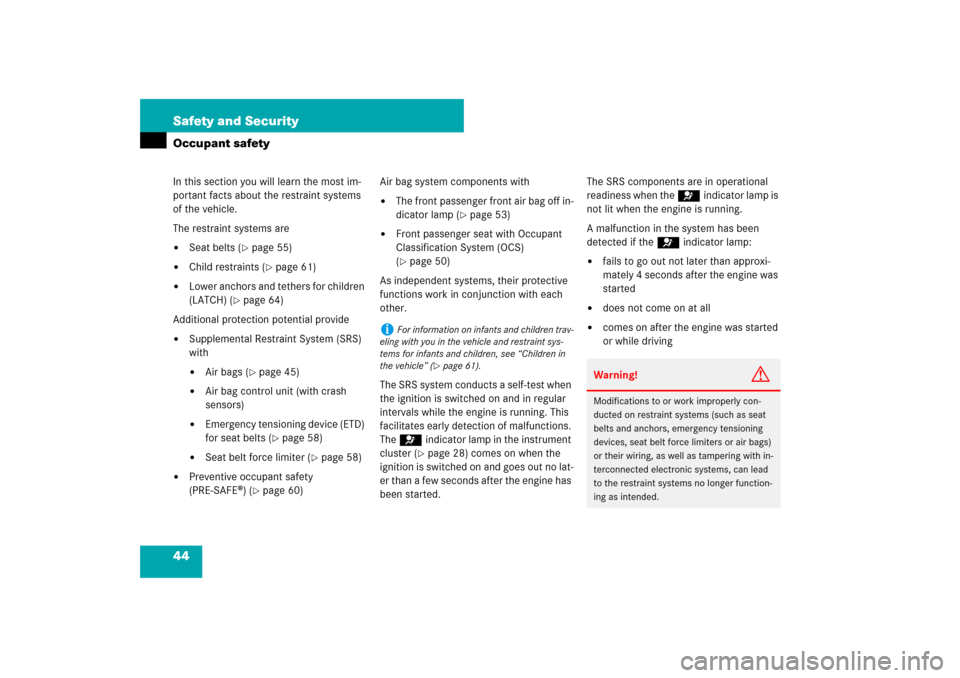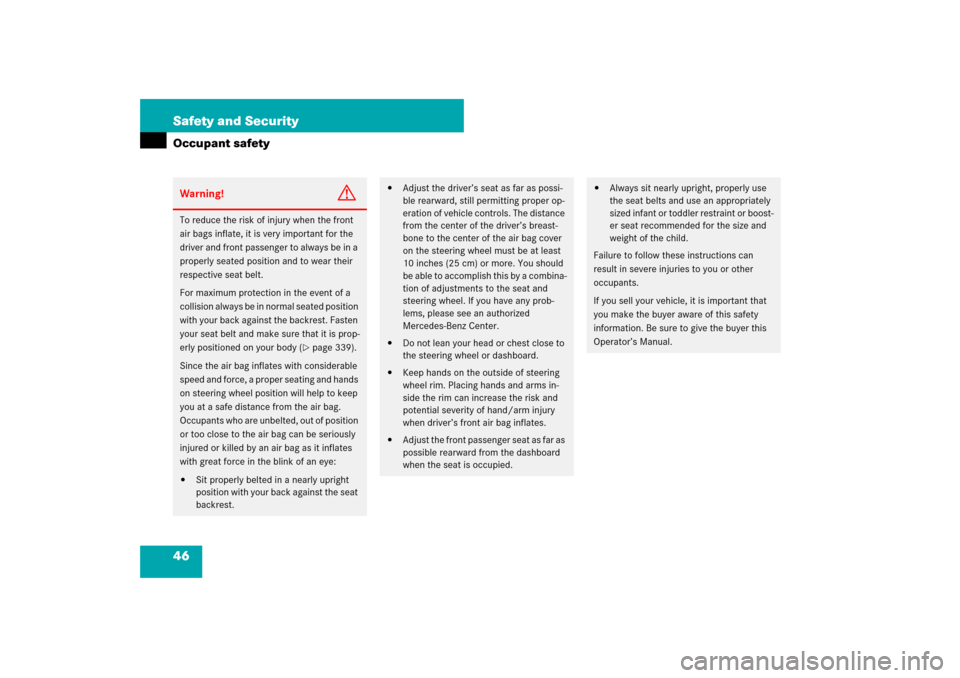Page 37 of 705
36 At a glanceAutomatic climate controlAutomatic climate control panel, front
Item
Page
1
AUTO mode for air distribu-
tion and volume, left
428
2
Temperature control, left
429
3
Manual fan speed adjust-
ment, left
429
4
Front defroster
429
Item
Page
5
Air recirculation
431
6
Climate control on/off
428
7
Residual engine heat and
ventilation (REST)
433
8
Rear window defroster
430
Item
Page
9
Manual fan speed adjust-
ment, right
429
a
Temperature control, right
429
b
AUTO mode for air distribu-
tion and volume, right
428
Page 38 of 705
37 At a glance
Overhead control panel
�Overhead control panel
Item
Page
1
Eyeglasses compartment
449
2
Left reading lamp on/off
348
3
Rear interior lighting on/off
348
4
Front interior lighting on/off
348
5
Power tilt/sliding sunroof or
tilt/sliding panel*
441
441
6
Tele Aid (emergency call sys-
tem) button
462
7
Interior lighting control
348
Item
Page
8
Opening/closing rear roller
sunblinds
443
9
Right reading lamp on/off
348
a
Rear view mirror
332
b
Garage door opener
470
c
Hands-free microphone for�
Tele Aid (emergency call
system)
�
Telephone*
�
Voice Control*
462
459
255
Page 39 of 705
38 At a glanceDriver’s door control panel
Item
Page
1
Inside door handle
312
2
Central unlocking switch
312
3
Central locking switch
312
4
Memory function (for storing
seat, exterior mirror, and
steering wheel settings)
336
5
Selector button for front
passenger seat
321
6
Seat heating
Seat ventilation*
322
323
7
Seat adjustment
318
Item
Page
8
Exterior rear view mirrors ad-
justment
Mirror folding function
332
333
9
Switches for opening/ closing
side windows
Switches for opening/ closing
rear door window sunshades*
353
355
a
Remote trunk opening/clos-
ing* switch
436
b
Override switch for rear pas-
senger compartment
67
Page 40 of 705
39 At a glance
Rear door control panel
�Rear door control panel
Item
Page
1
Selection switch for right
front passenger seat adjust-
ment*
1
1This switch is located on the right rear passenger
side only.
320
2
Memory function* (for storing
seat settings) (Canada only)
336
3
Inside door handle
312
4
Seat adjustment
318
5
Seat heating*
Seat ventilation*
322
323
Item
Page
6
Button for extending/retract-
ing panorama roof sunblind*
443
7
Switch for extending/retract-
ing rear window sunshade*
456
8
Switches for opening/closing
side windows
Switches for opening/closing
rear side window sunshades*
353
355
Page 42 of 705
41 At a glance
Storage compartments
Item
Page
1
Glove box
448
2
Document holder in sun visor
455
3
Door pocket
4
Ruffled storage pocket
451
5
Door pocket
Ashtray
456
6
Side storage pocket in trunk
Holder for Operator’s Manual
pouch
7
Additional storage spaces un-
der the trunk floor
453
8
Side storage pocket in trunk
9
Door pocket
Ashtray
456
Item
Page
a
Ruffled storage pocket
451
b
Door pocket
c
Document holder in sun visor
455
d
Ashtray
Cigarette lighter
456
457
e
Eyeglasses compartment in
overhead control panel
449
f
Parcel net in front passenger
footwell
449
g
Front passenger seat storage
compartment with first aid kit
611
Item
Page
h
Front center armrest with
storage compartments
448
j
Cup holder in the rear center
armrest
Cup holder under the rear
center storage compartment*
452
452
k
Rear center armrest with stor-
age compartment
450
l
Rear storage box
451
m
Cup holder in the front center
console
452
n
Driver’s seat storage com-
partment
449
Page 43 of 705
42 At a glanceRear passenger compartment
Item
Page
1
Cup holder under the rear
center storage compartment*
452
2
Cup holder in the rear center
armrest
452
3
Control panel for rear multic-
ontour seats*
327
4
Rear center armrest with stor-
age compartment
450
5
Rear storage box
451
Page 45 of 705

44 Safety and SecurityOccupant safetyIn this section you will learn the most im-
portant facts about the restraint systems
of the vehicle.
The restraint systems are�
Seat belts (
�page 55)
�
Child restraints (
�page 61)
�
Lower anchors and tethers for children
(LATCH) (
�page 64)
Additional protection potential provide
�
Supplemental Restraint System (SRS)
with�
Air bags (
�page 45)
�
Air bag control unit (with crash
sensors)
�
Emergency tensioning device (ETD)
for seat belts (
�page 58)
�
Seat belt force limiter (
�page 58)
�
Preventive occupant safety
(PRE-SAFE
®) (�page 60)Air bag system components with
�
The front passenger front air bag off in-
dicator lamp (
�page 53)
�
Front passenger seat with Occupant
Classification System (OCS)
(�page 50)
As independent systems, their protective
functions work in conjunction with each
other.
The SRS system conducts a self-test when
the ignition is switched on and in regular
intervals while the engine is running. This
facilitates early detection of malfunctions.
The =indicator lamp in the instrument
cluster (�page 28) comes on when the
ignition is switched on and goes out no lat-
er than a few seconds after the engine has
been started.The SRS components are in operational
readiness when the =indicator lamp is
not lit when the engine is running.
A malfunction in the system has been
detected if the =indicator lamp:
�
fails to go out not later than approxi-
mately 4 seconds after the engine was
started
�
does not come on at all
�
comes on after the engine was started
or while driving
i
For information on infants and children trav-
eling with you in the vehicle and restraint sys-
tems for infants and children, see “Children in
the vehicle” (
�page 61).
Warning!
G
Modifications to or work improperly con-
ducted on restraint systems (such as seat
belts and anchors, emergency tensioning
devices, seat belt force limiters or air bags)
or their wiring, as well as tampering with in-
terconnected electronic systems, can lead
to the restraint systems no longer function-
ing as intended.
Page 47 of 705

46 Safety and SecurityOccupant safetyWarning!
G
To reduce the risk of injury when the front
air bags inflate, it is very important for the
driver and front passenger to always be in a
properly seated position and to wear their
respective seat belt.
For maximum protection in the event of a
collision always be in normal seated position
with your back against the backrest. Fasten
your seat belt and make sure that it is prop-
erly positioned on your body (
�page 339).
Since the air bag inflates with considerable
speed and force, a proper seating and hands
on steering wheel position will help to keep
you at a safe distance from the air bag.
Occupants who are unbelted, out of position
or too close to the air bag can be seriously
injured or killed by an air bag as it inflates
with great force in the blink of an eye:
�
Sit properly belted in a nearly upright
position with your back against the seat
backrest.
�
Adjust the driver’s seat as far as possi-
ble rearward, still permitting proper op-
eration of vehicle controls. The distance
from the center of the driver’s breast-
bone to the center of the air bag cover
on the steering wheel must be at least
10 inches (25 cm) or more. You should
be able to accomplish this by a combina-
tion of adjustments to the seat and
steering wheel. If you have any prob-
lems, please see an authorized
Mercedes-Benz Center.
�
Do not lean your head or chest close to
the steering wheel or dashboard.
�
Keep hands on the outside of steering
wheel rim. Placing hands and arms in-
side the rim can increase the risk and
potential severity of hand/arm injury
when driver’s front air bag inflates.
�
Adjust the front passenger seat as far as
possible rearward from the dashboard
when the seat is occupied.
�
Always sit nearly upright, properly use
the seat belts and use an appropriately
sized infant or toddler restraint or boost-
er seat recommended for the size and
weight of the child.
Failure to follow these instructions can
result in severe injuries to you or other
occupants.
If you sell your vehicle, it is important that
you make the buyer aware of this safety
information. Be sure to give the buyer this
Operator’s Manual.